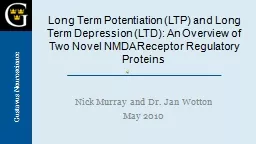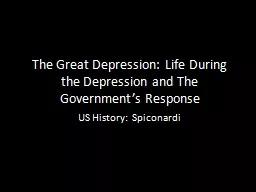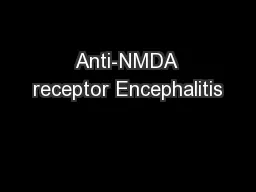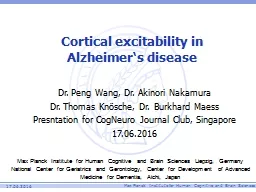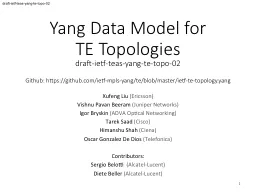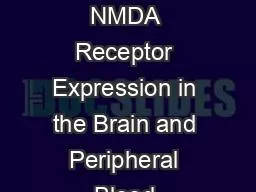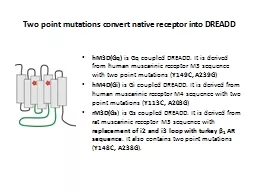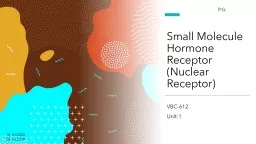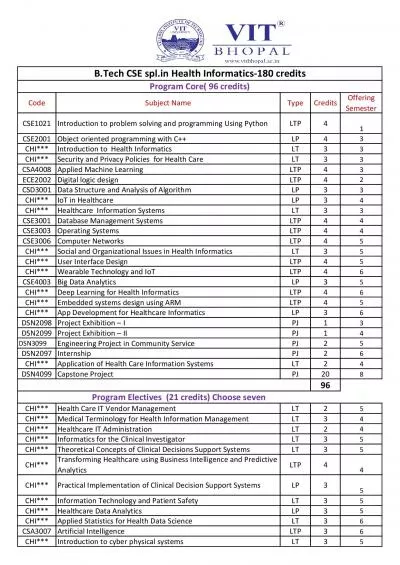PPT-Long Term Potentiation (LTP) and Long Term Depression (LTD): An Overview of Two Novel
Author : nephewhers | Published Date : 2020-06-20
Nick Murray and Dr Jan Wotton May 2010 Gustavus Neuroscience Long Term PotentiationDepression Gustavus Neuroscience Long Term PotentiationDepression Gustavus Neuroscience
Presentation Embed Code
Download Presentation
Download Presentation The PPT/PDF document "Long Term Potentiation (LTP) and Long Te..." is the property of its rightful owner. Permission is granted to download and print the materials on this website for personal, non-commercial use only, and to display it on your personal computer provided you do not modify the materials and that you retain all copyright notices contained in the materials. By downloading content from our website, you accept the terms of this agreement.
Long Term Potentiation (LTP) and Long Term Depression (LTD): An Overview of Two Novel: Transcript
Download Rules Of Document
"Long Term Potentiation (LTP) and Long Term Depression (LTD): An Overview of Two Novel"The content belongs to its owner. You may download and print it for personal use, without modification, and keep all copyright notices. By downloading, you agree to these terms.
Related Documents

